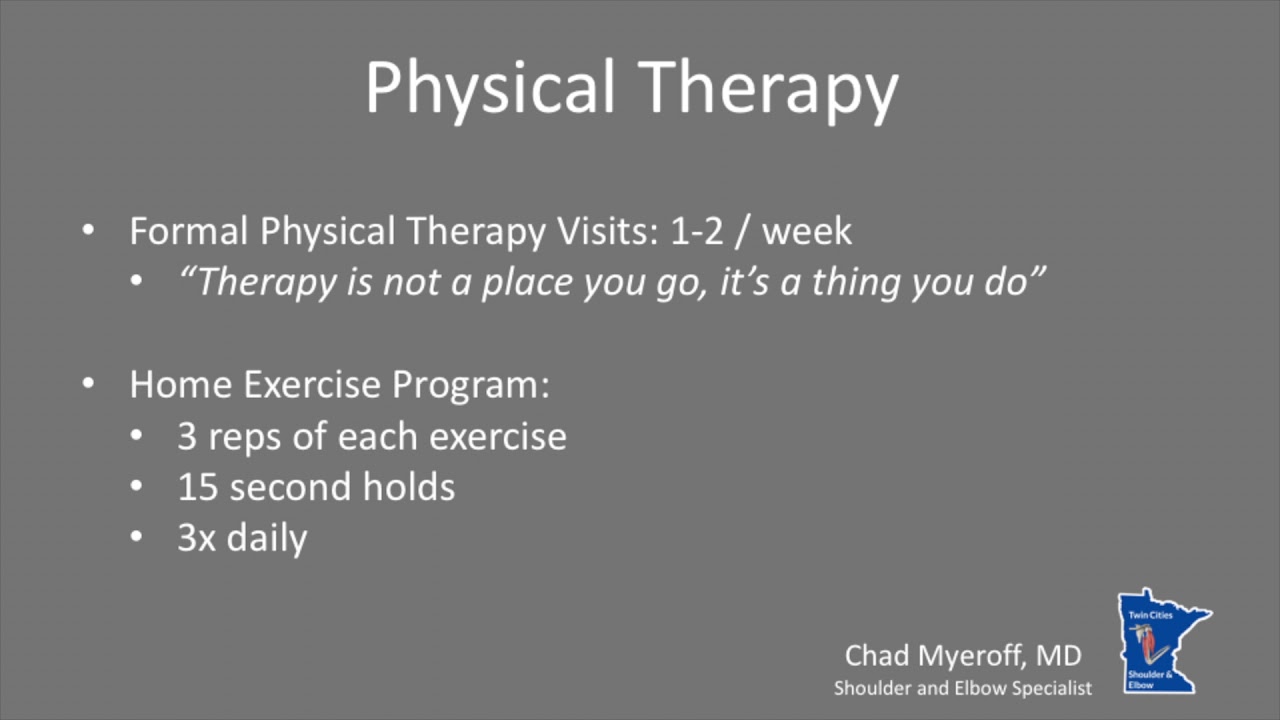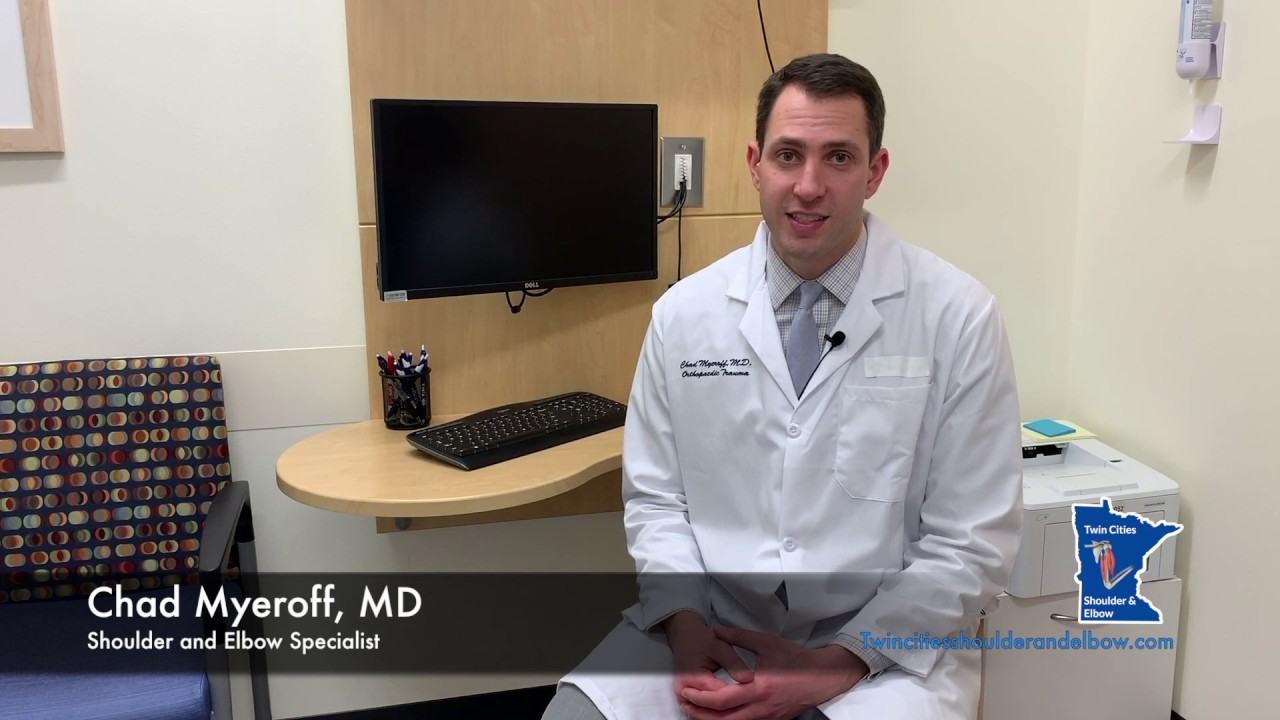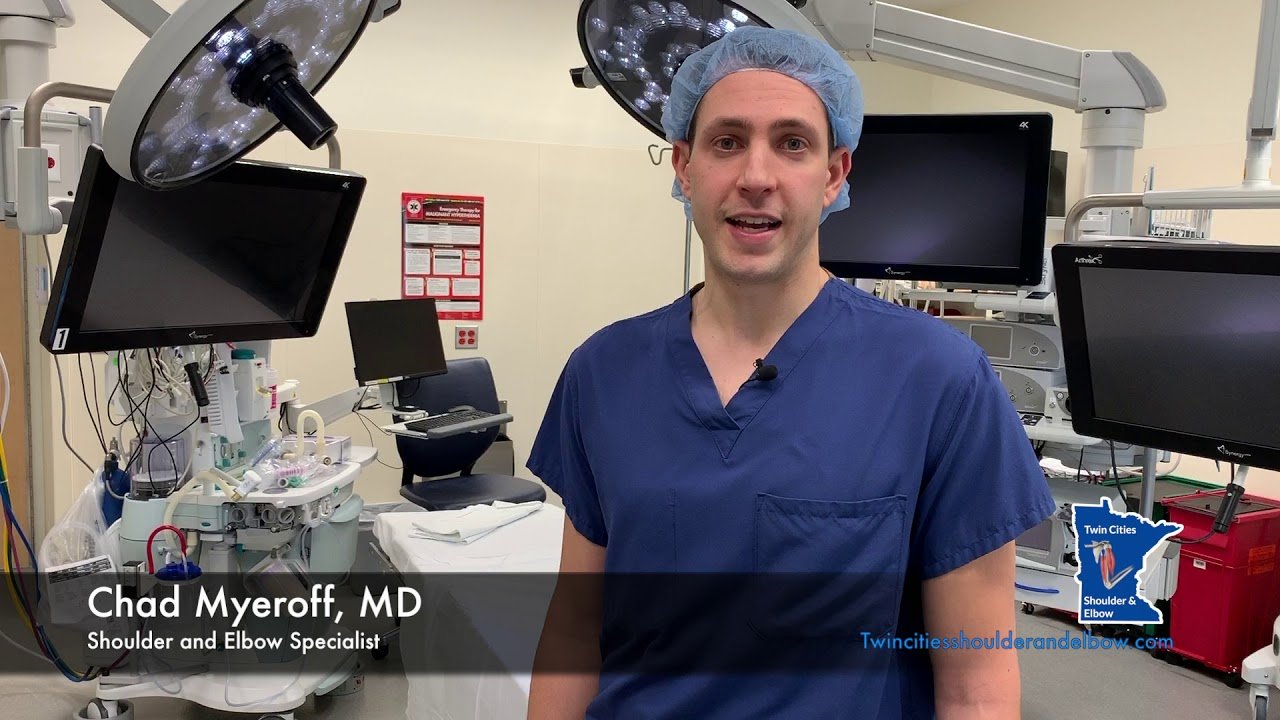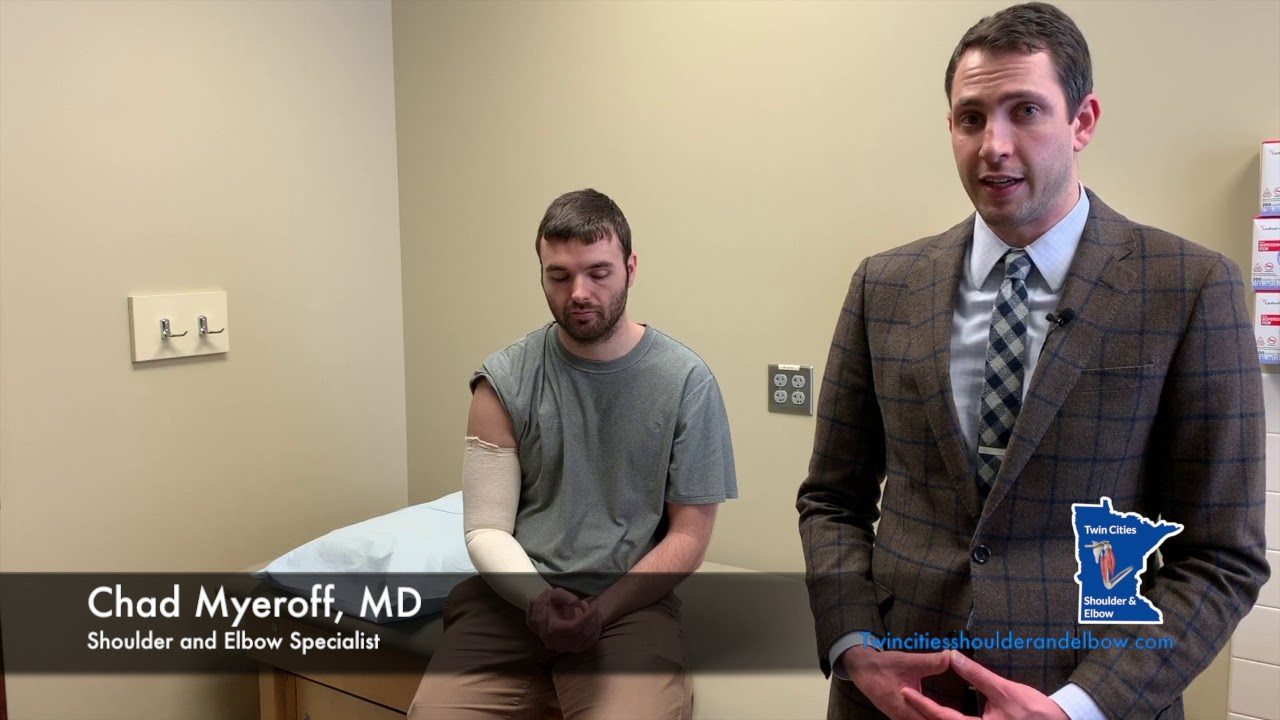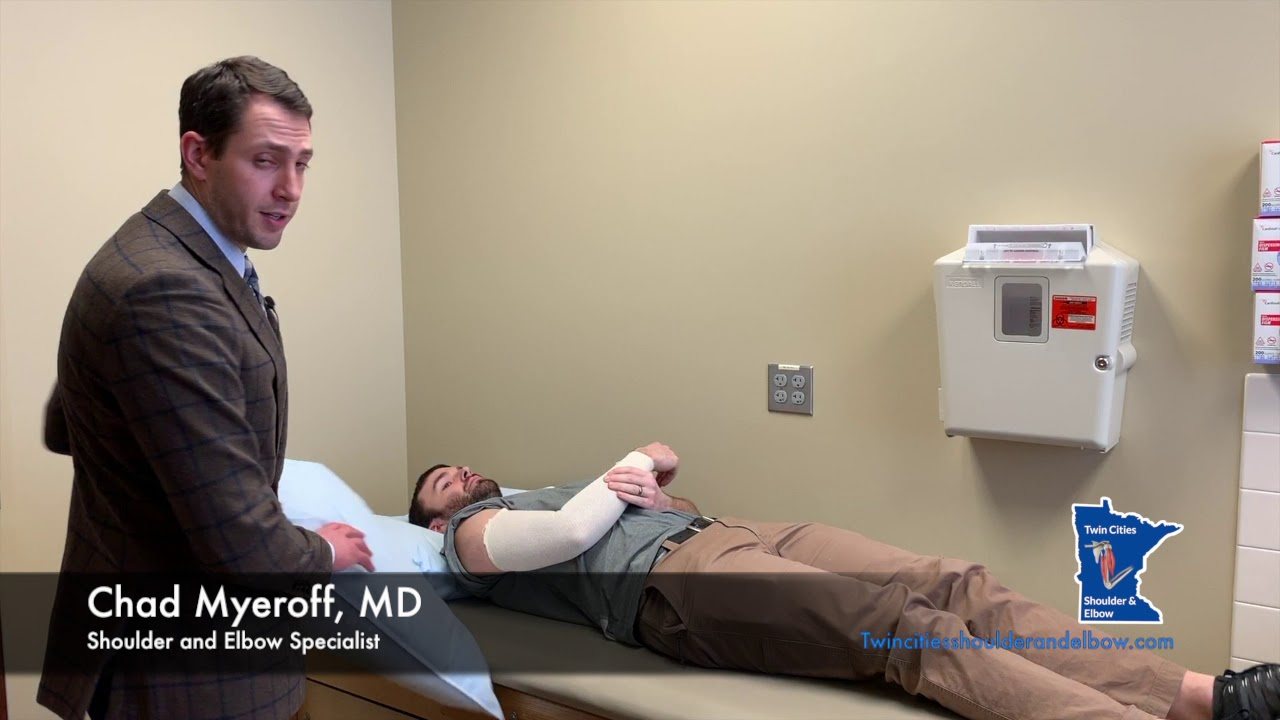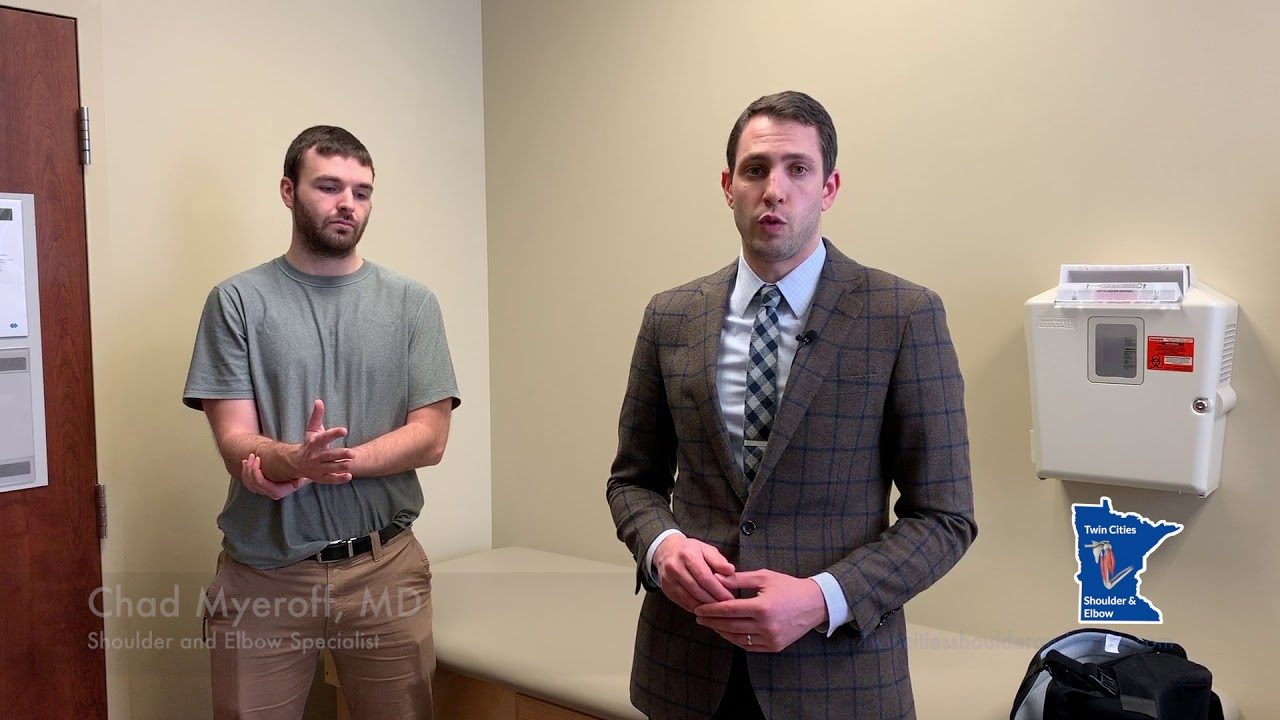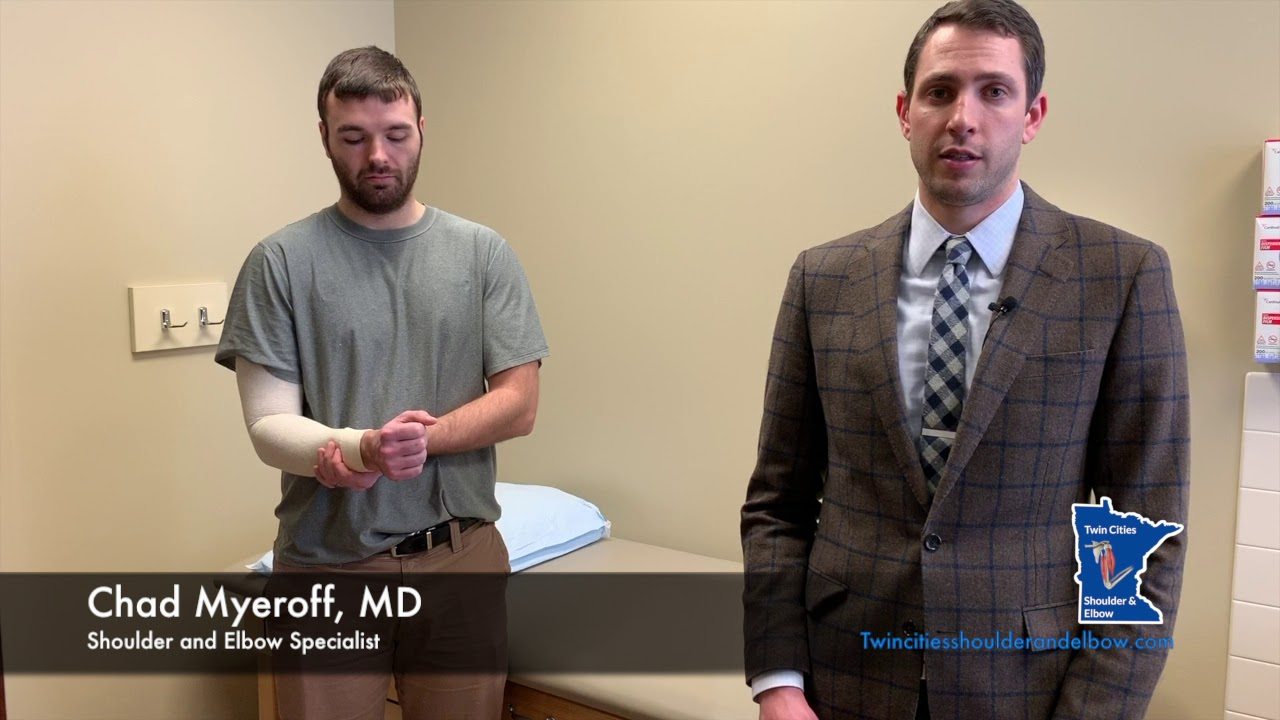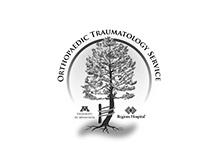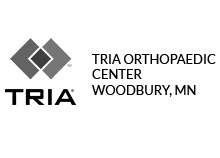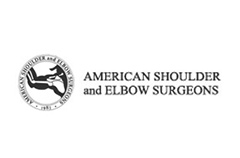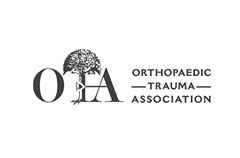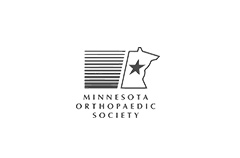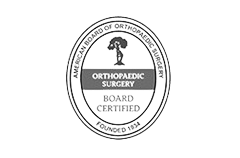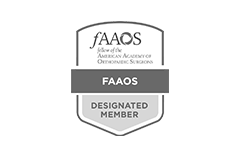Elbow Osteoarthritis
- Diagnosis
- Non-operative Options
- Operative Options
- Before Your Surgery
- After Your Surgery
- Your Rehab
Arthritis is one of the common disease conditions affecting the elbow joint. Osteoarthritis or degenerative joint disease is the most common type of arthritis that affects older people. It causes the cartilage, the tissue that cushions and protects the ends of bones in a joint, to wear off causing painful rubbing of bones.
Symptoms of Elbow Osteoarthritis
Elbow osteoarthritis is an inflammatory condition that causes pain, swelling, stiffness, and interference with the use of the arm.
Causes of Elbow Osteoarthritis
Arthritis can affect people of all ages but is most commonly seen in those aged over 40 years. The most common cause is wear-and-tear. Apart from that, traumatic injuries, fractures and dislocations make you more susceptible to arthritis.
Diagnosis of Elbow Osteoarthritis
Arthritis in the elbow is diagnosed through a thorough physical examination and X-ray.
- Physical Therapy Intro
- Shoulder and Elbow Steroid Injection
Treatment can include conservative options such as medications and steroid injections to relieve pain, activity modification, and use of splints.
Want to know more?
If injections fail, there are other options available. I specialize in arthroscopic (minimally invasive) and open joint preservation procedures for elbow arthritis to provide you relief without requiring a total elbow replacement.
- Arthroscopic loose body removal – This procedure uses small incisions to remove loose bone pieces in the elbow.
- Arthroscopic elbow release - This procedure uses small incisions to remove bone spurs and scar tissue to improve your pain and motion.
- Interposition arthroplasty – This procedure allows us to replace your cartilage with tendon graft instead of replacing it with metal.
- Total elbow arthroplasty - Total elbow replacement is a surgical procedure used to restore the function and relieve the pain in elbows affected by arthritis. In total elbow replacement surgery, the damaged regions of the elbow joint are replaced with artificial components.
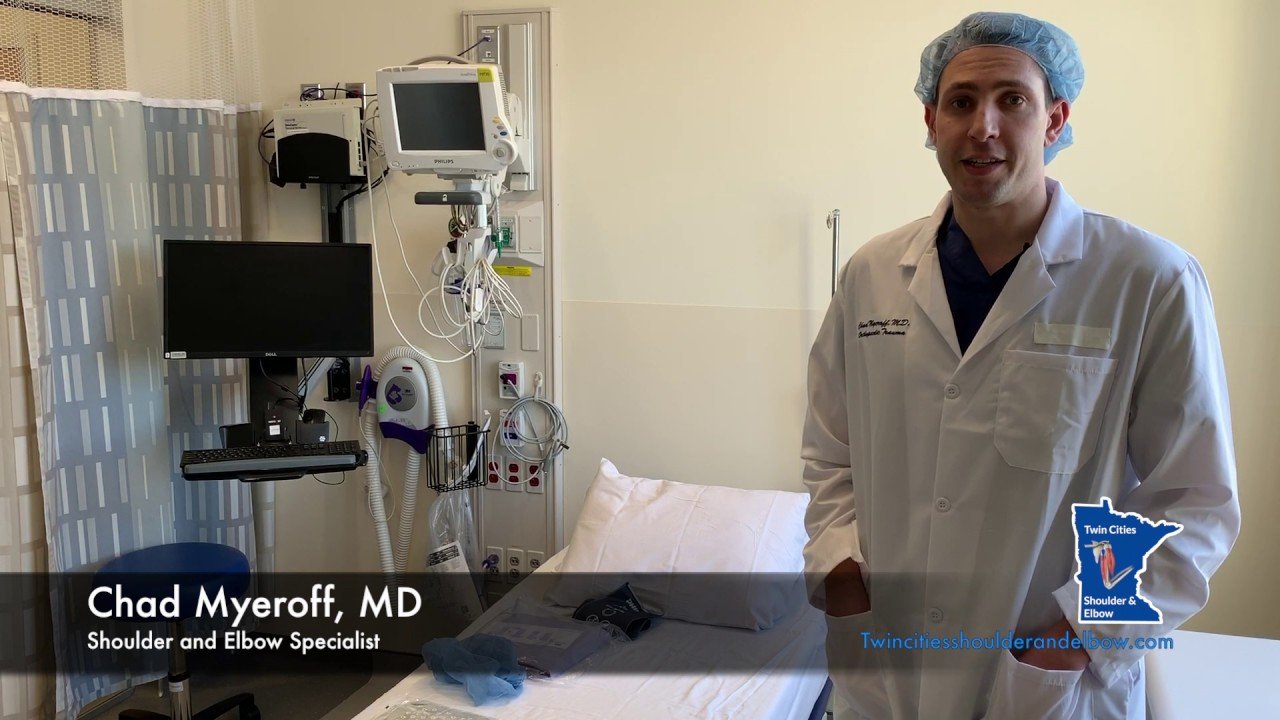
Once you and your doctor decide that surgery will help you, you will need to learn what to expect from the surgery and how to actively participate in the treatment plan for the best results afterward.
Preparing mentally and physically for surgery is an important step toward a successful result. Understanding the process, and your role in it, will help you recover more quickly and have fewer problems.
Before surgery, your doctor will perform a complete physical examination to make sure you don’t have any conditions that could interfere with the surgery or the outcomes.
- Routine tests, such as blood tests and X-rays may be performed.
- Discuss any medications you are taking with your doctor as you may have to stop or alter your intake before surgery. If you are taking aspirin or anti-inflammatory medications or any drugs that increase the risk of bleeding, you will need to stop taking them one week before surgery to minimize bleeding.
- Discuss with your doctor about preparing for potential blood replacement, medical interventions and other treatments prior to surgery.
- Report any infections to your surgeon. Surgery cannot be performed until all infections have cleared up.
- If you smoke, you should stop or cut down as smoking interferes with wound healing and can affect your recovery.
- Have someone available to take you home, as driving is not recommended for at least 24 hours or as advised.
- You may need help with everyday tasks such as cooking, shopping and laundry.
- Put items that you use often within easy reach, so you won’t have to stretch and bend as often.
- After Surgery Video
- Elbow Surgery Recovery Video
- Elbow Elevation Technique Video
After surgery, your surgeon will give you guidelines to follow depending on the type of repair performed and the surgeon’s preference.
Common post-operative guidelines include:
- You will probably stay in the hospital 4-5 days after the surgery.
- Your pain will be managed with a PCA machine (patient-controlled analgesia), injections, or pain pills. A PCA machine enables the patient to push a button to deliver a dose of pain medicine through the IV.
- Your arm will be in a sling or splint with a bulky dressing
- You may have a drain tube present to allow blood to drain from the incision. This will usually be removed after 1 or 2 days.
- Elevating the elbow on a pillow above heart level and applying ice packs over the dressing will help reduce swelling and discomfort.
- Sutures will usually be removed after 10-14 days.
- Keep the incision clean and dry. You may shower once the dressings are removed unless otherwise directed by your surgeon.
- You will be given specific instructions regarding activity and rehabilitation.
- Eating a healthy diet and not smoking will promote healing.
Want to know more?
- Physical Therapy Intro Video
- Finger ROM Video
- Standard Elbow ROM Video
Physical Therapy will begin soon after surgery and continue for about 3 months to regain full range of motion of the elbow joint.
Want to know more?
- Download Dr. Myeroff's Elbow Elevation Technique Information Sheet
- Download Dr. Myeroff's Standard Elbow ROM Diagram Information Sheet
- Download Dr. Myeroff's Finger ROM Diagram Information Sheet
- Download Dr. Myeroff's Elbow Release (Arthroscopic or Open)
- Download Dr. Myeroff's Total Elbow Arthroplasty


